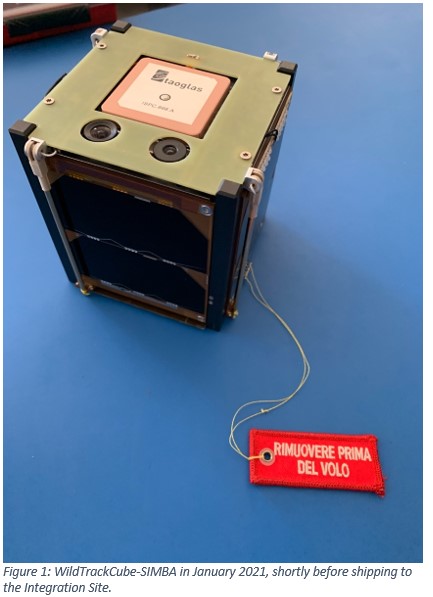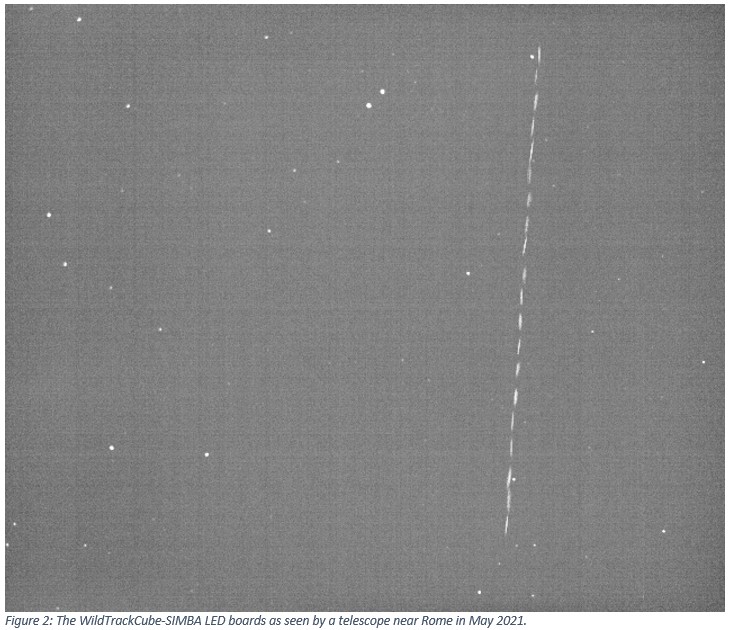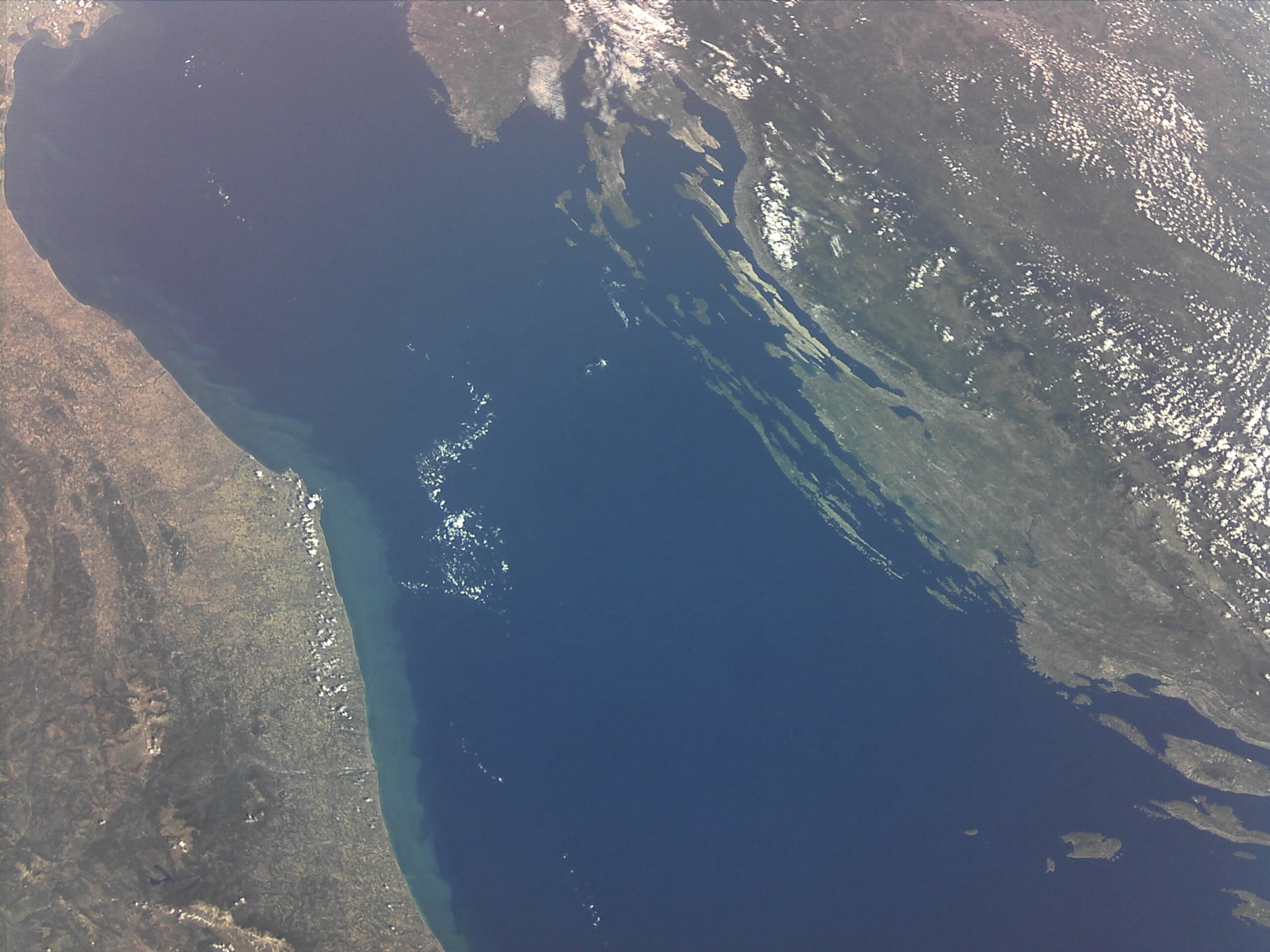Published on April 3, 2023
IAF CubeSat Competition: Updates on WildTrackCube-SIMBA two years after launch
On 22 March 2021 the WildTrackCube-SIMBA 1U CubeSat, developed by the S5Lab research team at Sapienza University of Rome, together with Machakos University and University of Nairobi, was succesfully launched from the Baikonur Cosmodrome in the frame of the first edition of the IAF CubeSat Competition, an initiative developed by the International Astronautical Federation with its Space Universities Administrative Committee (SUAC) to offer a free CubeSat launch to IAF member universities.
On 22 March 2023, WildTrackCube-SIMBA, started its third year of in-orbit operations in Low Earth Orbit. The mission, developed to demonstrate an innovative radio-frequency system for wildlife monitoring, addresses the problem of the human-wildlife conflicts happening with large mammals at the borders of the National Parks and demonstrates a new technology, based on Internet-of-Things instrumentation and transmitters, that can be useful for open field monitoring of animals. The satellite also equips LED active visual illumination system for optical identification and tracking from ground telescopes and a panchromatic camera to acquire images from space.

In two years of operations, WildTrackCube-SIMBA has been performing extensive testing of an Internet-of-Things (IoT) technology for wildlife tracking. The mission segments, which rely on a high-sensitivity IoT node on the satellite and on radio-collars equipping instrumentation and low-power IoT transmitters, have been jointly tested with different elevation, background noise conditions and link parameters to understand the constraints of the communication link to be set up. The mission telemetry ground segment, managed by the S5Lab team members and with the ground stations of the Department of Mechanical and Aerospace Engineering (DIMA) and the Department of Astronautics, Electric and Energy Engineering (DIAEE) at Sapienza, has been establishing contact with the satellite to verify the payload link quality, to change the on-board parameters and to keep up with the satellite housekeeping traditional procedures.
At ground, the design of the radio-collars has been refined according to the obtained best practices from the in-orbit demonstration. As an example, the power consumption has been minimized and the communication intervals have been set up to ensure the longest duration possible for the battery-powered collar system. Furthermore, new strategies in tracking and positioning for the animals have been evaluated, with collar operations that are directly dependent on the in-orbit operations of the receiver. Finally, a follow-up for the SIMBA mission is under development for future applications of this promising technology.

WildTrackCube-SIMBA is the first nano-satellite to achieve astrometric identification through its onboard LED autonomous illumination system, providing relevant technological results since the very first weeks of operations. This technology has allowed to identify SIMBA in the cluster of 29 small satellites seven days after launch (while conventional operators acquire confidence on the satellite identity in few weeks) and helped in refining orbit and attitude determination when needed. The satellite on-board LED payloads can indeed flash upon command or on-board programming to be seen by ground-based telescopes during night passes. The achievements with SIMBA, together with LEDSAT, another CubeSat developed by the team, have been presented in the recently released IAF-IAA-IISL report on Space Traffic Management, and they have been presented at the technical sessions of the IAC in Dubai and Paris.
Last but not least, the on-board camera has been releasing beautiful images of our planet. The camera operations are used by the team to train students and researchers to actual satellite operations through the ground segment. This task might look simple, but it represents a very effective way to achieve efficient communications with the satellite while rehearsing the operational procedures, not to mention the good outreach opportunity represented by each satellite picture.
Concerning future plants, SIMBA will keep testing campaigns on the IoT payload, including an on-the-field campaign which will be performed in Kenya in a few months from now. The secondary payloads will continue to be available: training activities on satellite operations and attitude determination and control will be performed through the camera payload and the on-board systems, while the LEDs will be used for orbit and attitude determination and for technology characterization of this Space Traffic Management device for the future operations.

Figure 3: The Adriatic Sea coasts as shot by WildTrackCube-SIMBA from LEO.